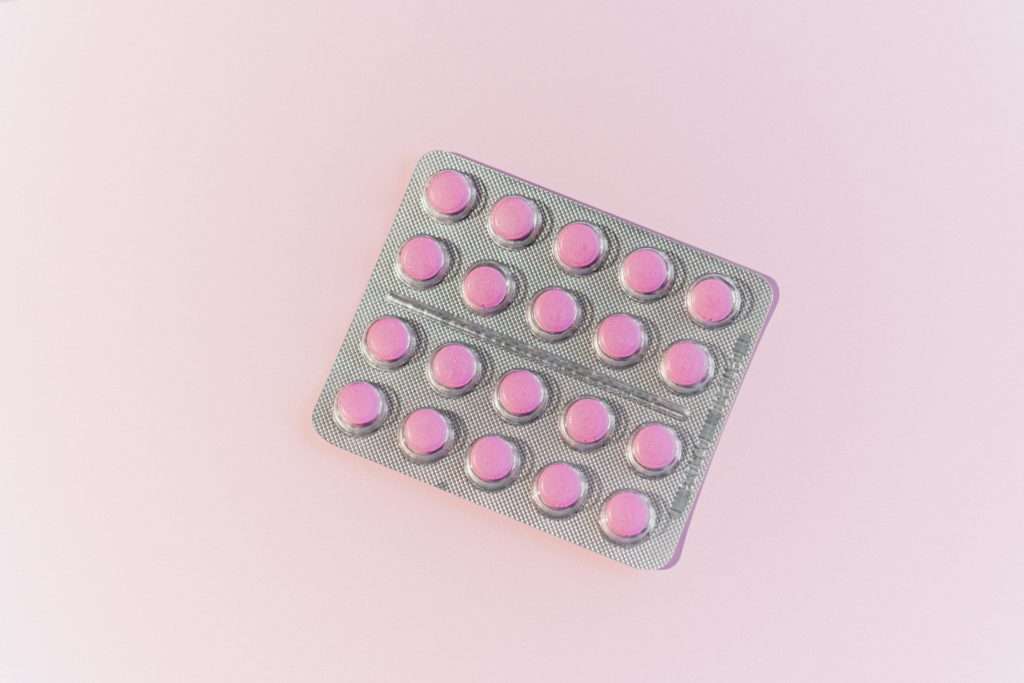Androgenetic alopecia, commonly known as male-pattern baldness or female-pattern baldness, is a widespread condition affecting both men and women.
In men, androgenetic alopecia is more common, and its prevalence increases with age. According to the American Academy of Dermatology, approximately 80 million men and women in the United States have hereditary hair loss. By the age of 50, around 50% of men will experience some degree of androgenetic alopecia
For women, the prevalence is lower, but it still affects a substantial number. Around 40% of women will experience noticeable hair loss by the age of 40. The prevalence increases with age, and by the age of 80, approximately 55% of women will have some degree of hair loss.
While various treatments exist, one medication has gained prominence for its efficacy—finasteride. This article explores the benefits and risks associated with finasteride as a therapeutic option for androgenetic alopecia.
1. Benefits of Finasteride:
- DHT Inhibition: Finasteride, a type II 5-alpha-reductase inhibitor, acts by reducing dihydrotestosterone (DHT) levels in the body. DHT is a hormone believed to contribute significantly to hair loss in individuals genetically predisposed to androgenetic alopecia. By inhibiting the conversion of testosterone to DHT, finasteride helps to mitigate hair follicle miniaturization, fostering hair regrowth.
- Promotes Hair Regrowth: Clinical studies have demonstrated the effectiveness of finasteride in promoting hair regrowth and preventing further hair loss. Many individuals using finasteride report a noticeable improvement in hair density, particularly in the crown and frontal areas of the scalp.
- Convenience of Oral Medication: Finasteride is available in an oral tablet form, making it a convenient option for those seeking a non-invasive treatment for androgenetic alopecia. Its ease of use has contributed to its popularity among individuals looking for a practical and straightforward solution.
- Long-Term Treatment: Continuous use of finasteride has been shown to sustain its benefits over the long term. Unlike some topical treatments, which may require more frequent applications, finasteride’s once-daily oral regimen makes it a manageable and sustainable option for individuals committed to addressing androgenetic alopecia.
2. Risks and considerations:
- Sexual Side Effects: One of the most discussed and debated aspects of finasteride is its potential for sexual side effects. Some users report experiencing decreased libido, erectile dysfunction, or other alterations in sexual function. While the incidence of these side effects is relatively low, it is essential for users and healthcare professionals to be aware of and discuss these potential concerns.
- Pregnancy Risk: Finasteride can be harmful to a developing fetus. Pregnant women or those planning to become pregnant should avoid handling crushed or broken finasteride tablets due to the risk of absorption through the skin. Men on finasteride are advised to use contraception when engaging in sexual activity with women of childbearing potential.
- Initial Shedding Period: Some users may experience an initial shedding of hair when they begin finasteride treatment. This phenomenon is temporary and typically precedes the onset of hair regrowth. Understanding and managing expectations during this phase is crucial for individuals starting finasteride therapy.
- Need for Ongoing Treatment: The benefits of finasteride are contingent on continuous use. Discontinuing the medication may lead to a reversal of the positive effects, with users experiencing a return of hair loss. Individuals considering finasteride should be aware of the commitment required for sustained results.
3. Conclusion:
Finasteride has emerged as a prominent and effective option in the fight against androgenetic alopecia, offering hope to those grappling with hair loss. The medication’s ability to inhibit DHT and promote hair regrowth has made it a valuable tool in the arsenal of hair restoration treatments. However, users must carefully consider the potential risks, particularly the sexual side effects and the need for ongoing treatment.
Before embarking on finasteride therapy, individuals are strongly encouraged to consult with healthcare professionals who can provide personalized guidance based on their medical history and individual circumstances. In the delicate balance between reaping the benefits of hair restoration and navigating potential risks, informed decision-making is key.
Do you have expierence with Finastride? Share it with us below!
